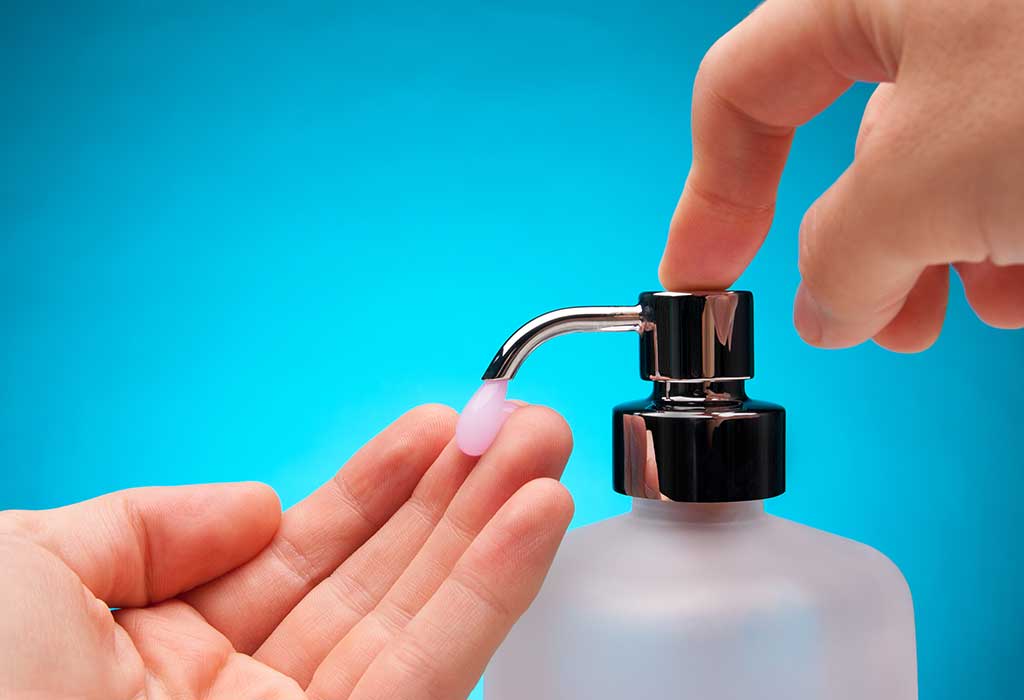How to Make Liquid Soap
It Feels Like Home!

How to Make Liquid Soap Step-by-Step.
How to make liquid soap at home is a rewarding and cost-effective way to ensure you have a natural and customized product. Whether you’re looking to create a gentle hand soap, a luxurious body wash, or a practical dish soap, the basic process remains the same. Here’s how you can make liquid soap from scratch.
Ingredients and Equipment
Ingredients:
- Distilled Water: 40 oz (1.2 liters)
- Potassium Hydroxide (KOH): 9 oz (255 grams) – This is the lye used for liquid soap.
- Oils: You can choose a combination of oils based on your preference. Common oils used include:
- Olive oil: 16 oz (450 grams)
- Coconut oil: 16 oz (450 grams)
- Castor oil: 4 oz (115 grams)
- Glycerin: 8 oz (230 grams) – Optional, for added moisturizing properties.
- Essential Oils: 1-2 oz (30-60 ml) – For fragrance (optional).
Equipment:
- Large Pot or Slow Cooker: For cooking the soap.
- Heatproof Mixing Bowl: For mixing the lye solution.
- Stick Blender: For blending the soap mixture.
- Plastic or Stainless Steel Utensils: For stirring.
- Safety Gear: Gloves and goggles.
- Thermometer: For monitoring temperatures.
- pH Strips: To test the soap’s pH level.
- Containers for Storage: Bottles or jars to store your finished soap.
Step-by-Step Instructions
1. Prepare Your Work Area:
- Ensure you are working in a well-ventilated area.
- Wear safety gear, including gloves and goggles, to protect against splashes.
2. Heat the Oils:
- In a large pot or slow cooker, combine your oils and heat them gently until melted and mixed. The target temperature is around 160°F (70°C).
3. Mix the Lye Solution:
- In a heatproof mixing bowl, carefully add potassium hydroxide (KOH) to the distilled water. Stir until fully dissolved. The solution will heat up and emit fumes, so do this in a well-ventilated area or under a fume hood. Allow the solution to cool to around 160°F (70°C).
4. Combine the Oils and Lye Solution:
- Slowly pour the lye solution into the oils, blending with a stick blender until the mixture reaches “trace.” Trace is the point at which the mixture thickens to a custard-like consistency.
5. Cook the Soap:
- Cover the pot and cook the soap mixture on low heat, stirring occasionally. This process, known as the “hot process,” will take several hours. The soap will go through various stages, including thickening and becoming translucent. The goal is to ensure all the lye reacts with the oils (saponification).
6. Dilute the Soap Paste:
- Once the soap paste is fully cooked and translucent, it’s time to dilute it. Add distilled water gradually, stirring to combine. The amount of water needed will depend on your desired soap thickness. Typically, you’ll add around 60 oz (1.8 liters) of water.
7. Add Glycerin and Essential Oils:
- If using, add glycerin to the soap mixture for extra moisturizing properties.
- Add essential oils for fragrance. Stir well to incorporate.
8. Test the pH Level:
- Use pH strips to test the soap’s pH level. A safe pH level for liquid soap is between 9 and 10. If the pH is too high, you can neutralize it with a citric acid solution.
9. Bottle the Soap:
- Once the soap is fully diluted and cooled, transfer it into bottles or jars for storage. Use a funnel to avoid spills.
Making liquid soap at home allows you to control the ingredients and customize the scent and properties to your liking. With this step-by-step guide, you can create a natural and effective liquid soap suitable for various uses around your home. Enjoy the satisfaction of crafting your own soap and the benefits of knowing exactly what goes into it.
